Composting vs. Recycling: Is One Better Than the Other?
-
Pete Ortiz
- Last updated:
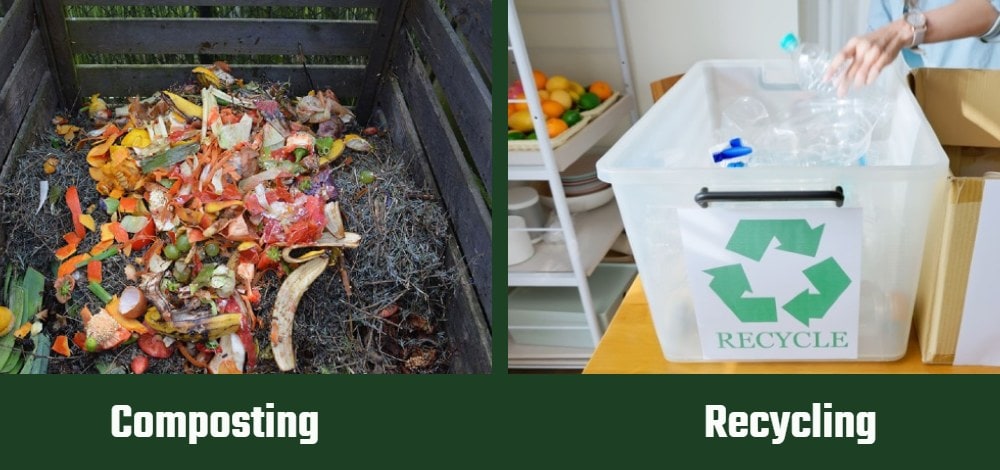
Leading an eco-friendlier life isn’t always straightforward, especially considering how we throw stuff away. We’ll trash materials we don’t realize can enter recycling, and we try to recycle items that have no business in the blue bin. In many ways, a lack of knowledge offsets our good intentions, and we ultimately do more harm than good.
Demystifying the limits of appropriate waste disposal is critical if you want to minimize your carbon footprint and promote a brighter future. Two places you can start are the compost pile and the recycle bin. While they may seem exclusive, these two avenues have a surprising amount of crossover, and one can often be a better disposal option depending on the situation. Let’s discuss the differences between composting and recycling and how you can make the most environmentally beneficial choices for your waste.
Composting
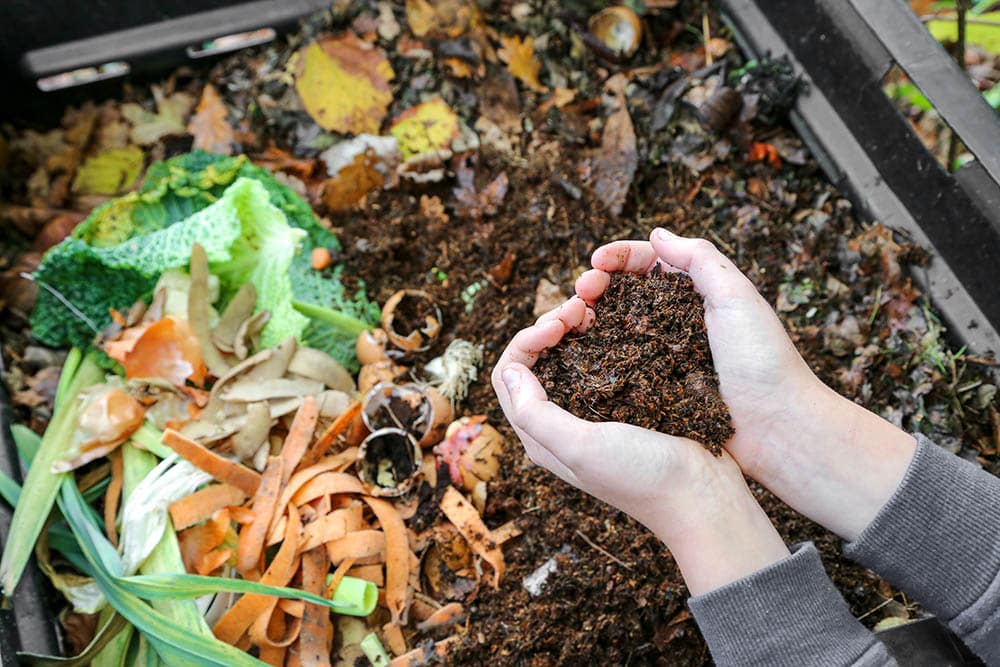
Composting involves breaking down organic matter into fertilizer to enrich plants and the earth in which they grow. It feeds beneficial microbes that combat disease and pests, improves soil quality, and boosts plant growth. You can mix it into the soil or use it as a mulch to control moisture retention. Home gardeners enjoy compost as a free, eco-friendly, and easy-to-make solution for maximizing their garden output each season.
At-home composting consists of 50% browns, 50% greens, and water. Browns are carbon-rich materials that improve airflow, prevent sliminess and smells, and feed the organisms that break down the pile. Common browns include:
- Dead leaves
- Cardboard
- Coffee filters
- Straw
- Sawdust
- Twigs and branches
Greens are nitrogen-rich materials, often from plants that recently died, such as fresh grass clippings and veggie scraps. These items provide the nutrients to enrich the soil, protein for bacteria to process and add heat to the pile, and moisture that facilitates decomposition.
What Not to Compost
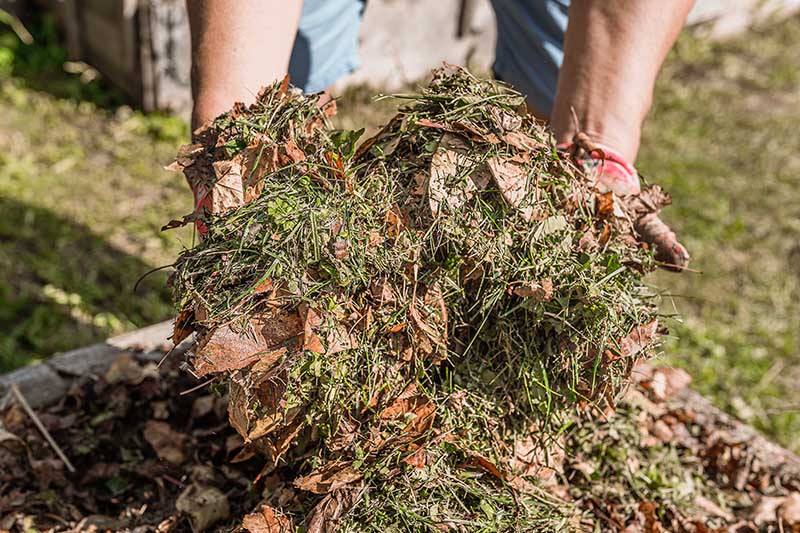
Not all organic materials are fit for the compost. Even certain veggies like onions and citrus fruits can damage a compost pile if you don’t prepare them correctly. While most of these garden-grown options are perfectly fine to compost with proper care, there are a few materials you should avoid composting under any circumstance, including:
- Meat and fish scraps
- Dairy products
- Coal or charcoal
- Fats, oils, and grease
- Diseased plant material
- Materials treated with pesticide or herbicide
- Black walnut twigs and leaves
- Pet waste
Adding the wrong material can contaminate your compost, harm microbes and organisms, and invite unwanted pests. Assessing the state of materials entering the compost, particularly paper boxes and packages (e.g., egg cartons), is crucial if you want to keep it healthy.
How It Works
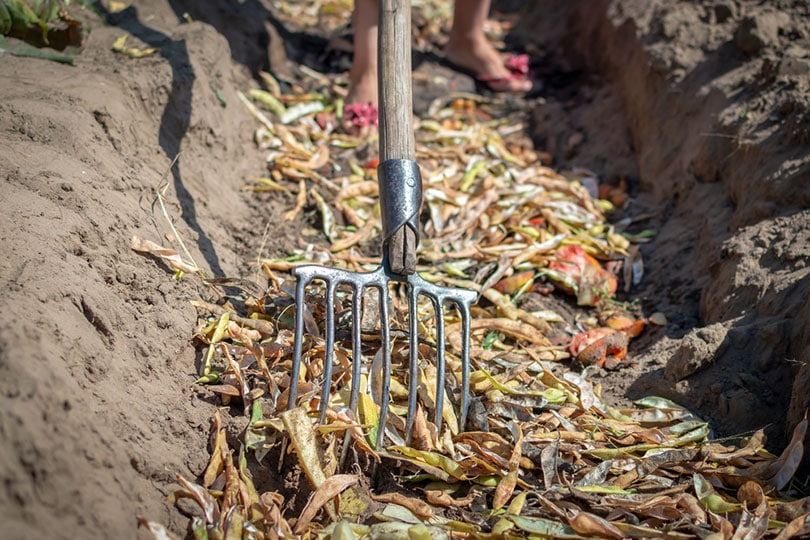
You can conveniently divert food scraps, dead plants, yard trimmings, and old paper products from the recycling and trash to the compost once you start a garden. But even if you don’t have any use for it around the property, you can still make your leftovers available for municipal composters. Curbside service exists in many neighborhoods for yard debris, such as leaf piles and brush, while local compost programs can help you repurpose food waste in an eco-friendly fashion.
Why Is Composting Important?
EPA statistics offer a glimpse into the composting and recycling gaps we experience in America. The country generated over 63 million tons of food waste and more than 35 million tons of yard trimmings in 2018. Together, these sectors accounted for over 33% of all municipal solid waste in the nation.
Recycling isn’t a viable alternative to the landfill for old food and dead leaves, but municipal composting offers an eco-friendly option for many. But of the 98 million tons of food and yard-trimming waste we produce, only 25 million tons go toward composting. Another 28 million tons follow other management processes like energy recovery, meaning roughly 45 million tons enter landfills.
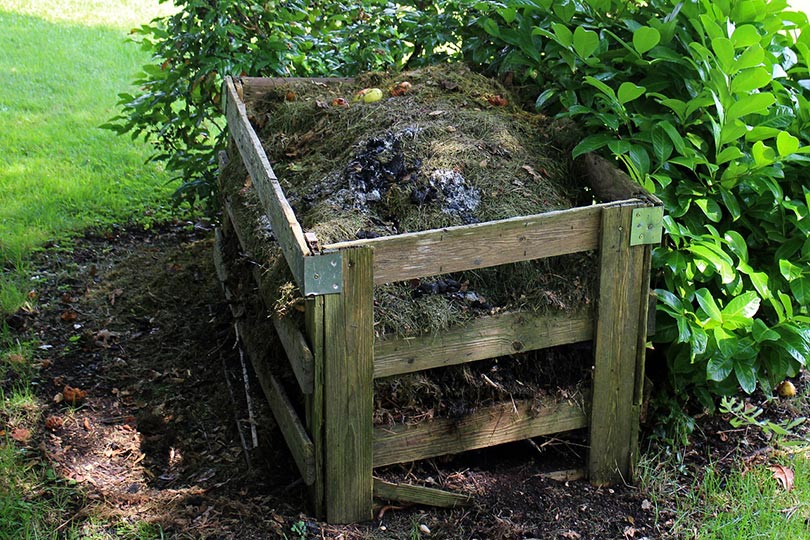
In fairness, not all of those 45 million tons are recoverable for composting, but the redeemable waste is nevertheless an avoidable issue in America. Landfilled food waste can’t break down naturally to return nutrients to the soil as it would in compost. Instead, it decomposes to produce methane, a short-lived substance that has up to 28 times the global warming potential of CO2. With food waste contributing 8–10% of global GHG emissions, better composting practices can play a critical part in curtailing our carbon footprint.
- Reduces landfill waste
- Improves soil structure
- Decreases irrigation demands for gardens
- Reduces recycling contamination
- Minimizes chemical fertilizer runoff
- Promotes raw resource use for paper production
Recycling
Recycling entails reusing old materials to produce new materials. Material recycling facilities clean, meltdown, and ship various materials to manufacturers for future packaging and products. Metal and glass are infinitely recyclable, and we can reuse plastics and paper up to seven times before they have to enter the landfill.
By recycling what we can, we prevent landfills from piling up and virgin materials from entering the production cycle. We reduce CO2 emissions from production, methane emissions from landfills, deforestation, water consumption, and contamination of the world’s ecosystems.
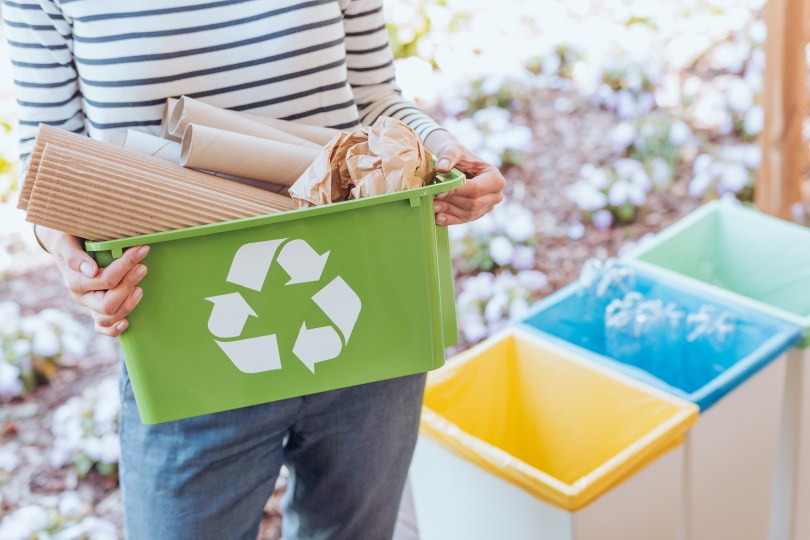
How It Works
Many municipalities across the country provide curbside recycling with single-stream systems. These convenient solutions let consumers place all their recyclables into one bin that will go through sorting at the facility.
Other urban areas feature recycling centers, often with multi-stream disposal systems that separate glass, plastics, and metals into different bins. Some states, such as New York and California, enforce deposit laws to promote better habits, charging consumers a deposit for bottles and offering it back when they return it to a recycling center.
What Not to Recycle
Recyclables typically have a chasing arrow symbol indicating their suitability for the recycling bin. Unfortunately, the arrows are generally misleading, and it’s easy to doom certain materials to the landfill if you don’t know how your municipality treats them.
Two of the most glaring points of confusion involve plastic bags and recyclable plastics. Despite sporting the recycling symbol, plastic bags require separate disposal routes, as they can cause breakdowns in recycling machines that process blue bin materials. Rather than put them in your recycling bin, you can use BagandFilmRecycling.org to find local recycling spots for plastic bags.
Other plastic containers can be equally easy to get wrong. Plastic products have a 1–7 designation within the recycling symbol, indicating the type of resin it contains. While most of us recycle any plastic with an arrow mark on it, those numbers can make all the difference in how the recycling facility handles it. In general, #1 PET, #2 HDPE, and, to a lesser extent, #5 PP plastics are allowable in curbside pickups.
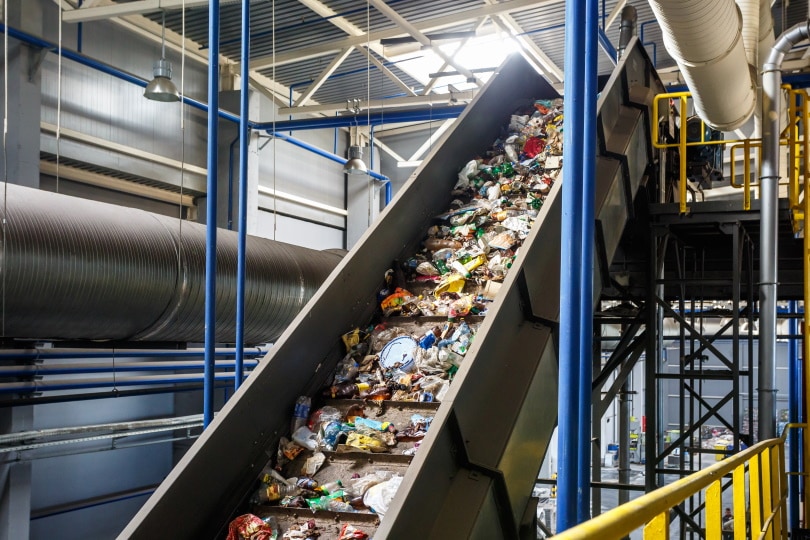
The other numbers? Specialty mail-in or drop-off programs in your area may exist for repurposing these plastics, but if you chuck them in the standard recycling, they’ll most likely face rejection at the facility.
Beyond plastic bags and containers, recycling can still be confusing for the average consumer, so the best way to do it responsibly is to research your local recycling rules. Call your local waste disposal company for information on disposing specific materials, or check out your municipality’s recycling program online.
- Reduces CO2 emissions and water consumption
- Prevents soil and water contamination
- Limits microplastic accumulation in the environment
- Reduce resource mining and deforestation
- Poor recycling infrastructure
When to Compost and When to Recycle

The decision between composting and recycling isn’t one you’ll commonly encounter, but paper products warrant consideration. It’s easy to assume that composting is the most eco-friendly option. Recycling is an imperfect system. Even if you’re diligent with sorting and recycling your paper products, all bets are off once it leaves your bin and gets mixed with everyone else’s refuse. Contamination from other recyclables is common, and lightweight materials like paper can easily blow away and fall out of the system.
With composting, you know that every inch of your otherwise recyclable materials stays out of the landfill and contributes to the environment. A few exceptions exist. Wax and ink-covered cardboard isn’t suitable for compost in many cases, as it breaks down slowly and can release toxins into the soil. Recyclers can take these leftovers alongside printed paper and separate the inks and usable material, allowing for the uncontaminated paper to recirculate.
Does that mean composting is better than recycling as long as the paper is coating-free? Not necessarily, as it turns out.
Composting may take the paper out of the landfill, but it also falls out of the recycling system. Manufacturers need to make up for every piece of composted paper with raw resources, thus adding to the associated CO2 emissions, water usage, and deforestation of new paper production.
According to the EPA, we save 7,000 gallons of water and one metric ton of carbon equivalent for every ton of recycled paper. While the compost pile is almost always better than the garbage bin, there is some nuance to choosing between it and recycling if you want to minimize your footprint.
When to Compost
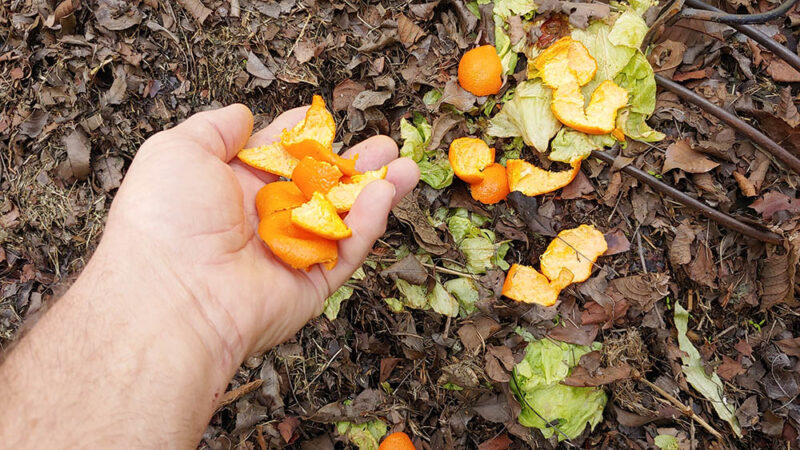
The paper has a limited recycling life of about 5–7 uses. After several rounds of recycling, the paper fibers become too short to use again and are downgraded to a pulp paper product, such as egg cartons. At this stage, putting it in the recycling bin will likely only be a roundabout way of sending it to the landfill.
Another critical consideration is contamination. While recyclers will accept items with ink or wax that otherwise don’t belong in the compost, they’re also intolerant of wet or soiled materials. If you have a paper carton with egg residue or a pizza box coated in sauce, the recycling facility will reject them and shuttle them off to the landfill. Instead of risking it in the recycling, you can add these materials to the compost and ensure an eco-friendly end of life.
When deciding how to get rid of your paper products, consider the following items for the compost:
- Pizza boxes
- Paper towels
- Toilet paper
- Wet or soiled paper
- Egg cartons
- Unbleached parchment paper
Prepare composted paper by shredding it. Paper, especially cardboard, takes a while to break down in compost. Cutting it into smaller pieces will allow it to decompose faster and create a more effective and aerated mixture.
When to Recycle
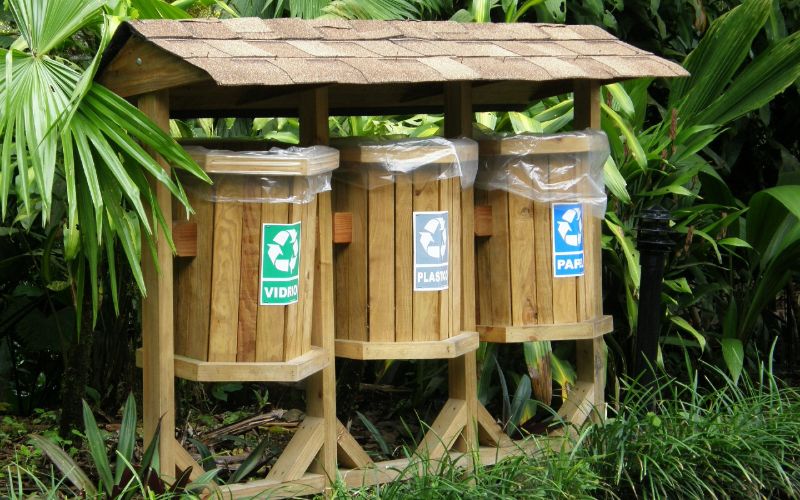
Since they’ll never work in the compost pile, recycling plastic, metal, and glass whenever possible is the most eco-friendly disposal option. Paper products can go either way, and while the contaminated and degenerated paper is best left for the compost, resilient recyclable paper can be reborn as a second-generation product. Ideal products for the recycling bin include:
- Office paper
- Cardboard boxes
- Envelopes
- Newspaper
If they’re contaminated, recyclers could trash these items, so you must prepare the rest of your recycling to decrease the potential for problems. Rinsing, wiping out, and drying your other recyclables, like plastic containers and metal cans, will prevent the other items from becoming spoiled in the recycling bin.
Conclusion
The best approach to a more sustainable future is to pursue personal accountability today. Until national recycling systems can meet demand, it’s up to the consumer to reduce the waste they generate and make better purchasing decisions. And for those unavoidable items we must throw away, a more thoughtful approach to composting and recycling can ensure a minimal environmental impact.
Featured Image Credit: (L) Ben_Kerckx, Pixabay | (R) aslysun, Shutterstock
Contents



